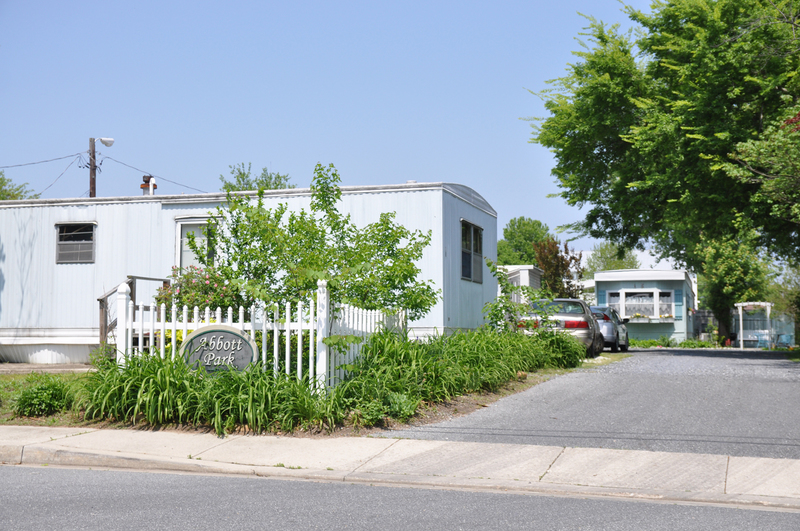Lewes residents support mobile home ordinance
Abbott Park residents entered Lewes City Hall Sept. 16 hoping to gain the support of city council and other city residents' for a new ordinance that would allow the mobile home residents to repair or replace their units.
With "I heart Abbott Park" stickers on their chests, residents applauded any speaker who was in support of the proposed ordinance.
Although the ordinance would apply to all mobile home parks within Lewes, Abbott Park is currently the only one that exists. The 50-year-old community operates as a cooperative, with 20 residents serving as co-owners of the property.
Since the co-op formed in 2006, resident Dave Potter said, Abbott Park has cleaned up and is now home to a myriad of working professionals and retirees.
“If you know Abbott Park because of its reputation 10 years ago, you don't know Abbott Park now,” he said. “We are different than we were 10 years ago.”
He said Abbott Park residents want to add to the Lewes community, not detract from it, and current city codes are precluding residents from doing that, he said.
Abbott Park is mobile home park on South Washington Street near the Lewes Presbyterian Church.
Abbott Park attorney Tim Willard said a move to tighten nonconforming structures in city code by the city in October 2011 made it nearly impossible for Abbott Park residents to improve or replace their homes.
“[It] caused this neighborhood really to be on the path to attrition,” he said. “Fortunately, I think the town recognized that maybe that's not in the spirit of what the town wants to do.”
Willard has worked with the city to draft a new ordinance that would allow his clients more leeway when improving their property and homes. Included in the ordinance are provisions regulating maximum lot coverage and density, maximum square feet per unit, a height limit and setbacks. Under the proposed ordinance, Abbott Park residents may replace their existing mobile homes with stick built or modular homes. Willard requested the city also include single- or doublewide manufactured homes.
Abbott Park residents also asked council to consider other minor changes to the drafted ordinance, including a 30.5-foot height limit, smaller setbacks between units, a larger maximum square footage for a unit's first floor and smaller parking spaces. Willard said the requests would allow for more flexibility for residents as they look at improvements or new units.
Nearby neighbor Tom Panetta said some of the proposed revisions could create problems for next door neighbors. Allowing a two-story home with only a 4-foot setback from neighboring properties was concerning, he said. He suggested an 8-foot setback should be required for any two-story units.
“We, the neighbors on Washington Avenue, are supportive of Abbott Park and really we agree that since it's become an owner-occupy it has greatly improved,” he said, noting he is eager to get the ordinance passed with provisions that work for everyone.
Other than a few minor concerns, no residents spoke against the proposed ordinance. Like Panetta, Potter also expressed a desire to have the ordinance on the books as soon as possible.
“We have been improving over the last eight years, and we're just starting,” he said. “At the end of this whole process … we want to be known as an asset to the city. We want to become kind of a quirky little neighborhood that has micro-houses that are beautiful looking.”

















































